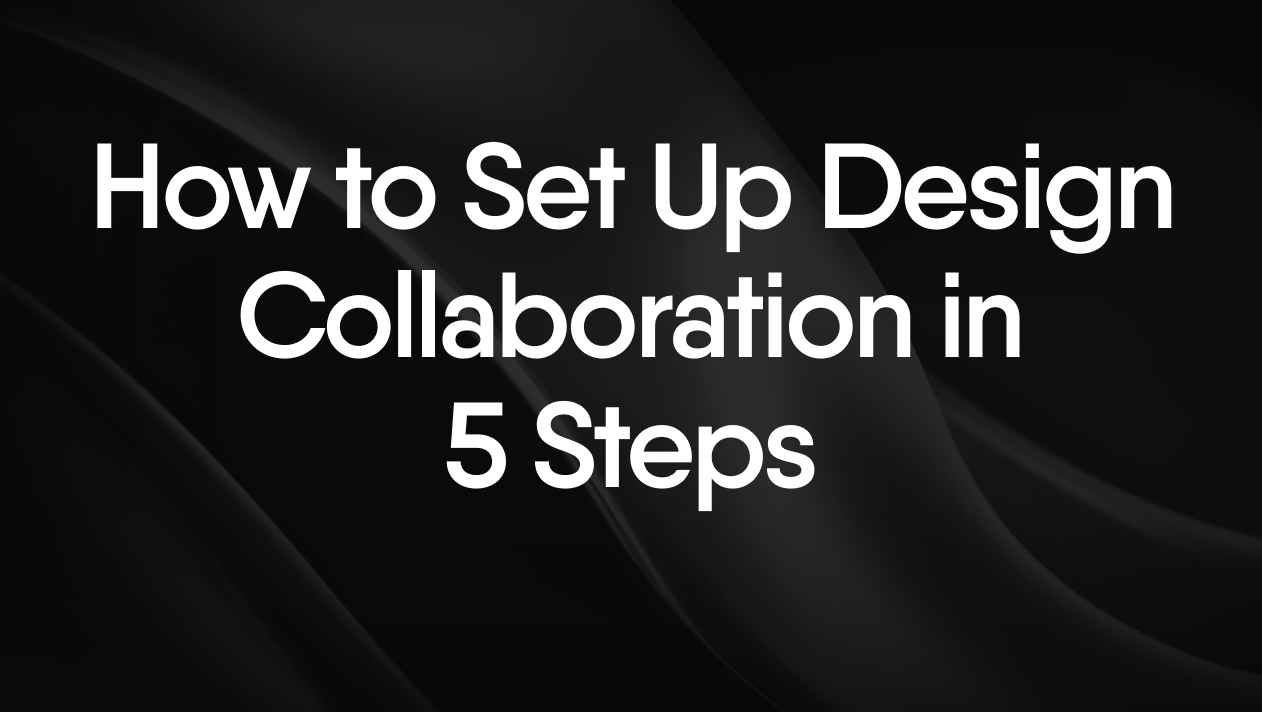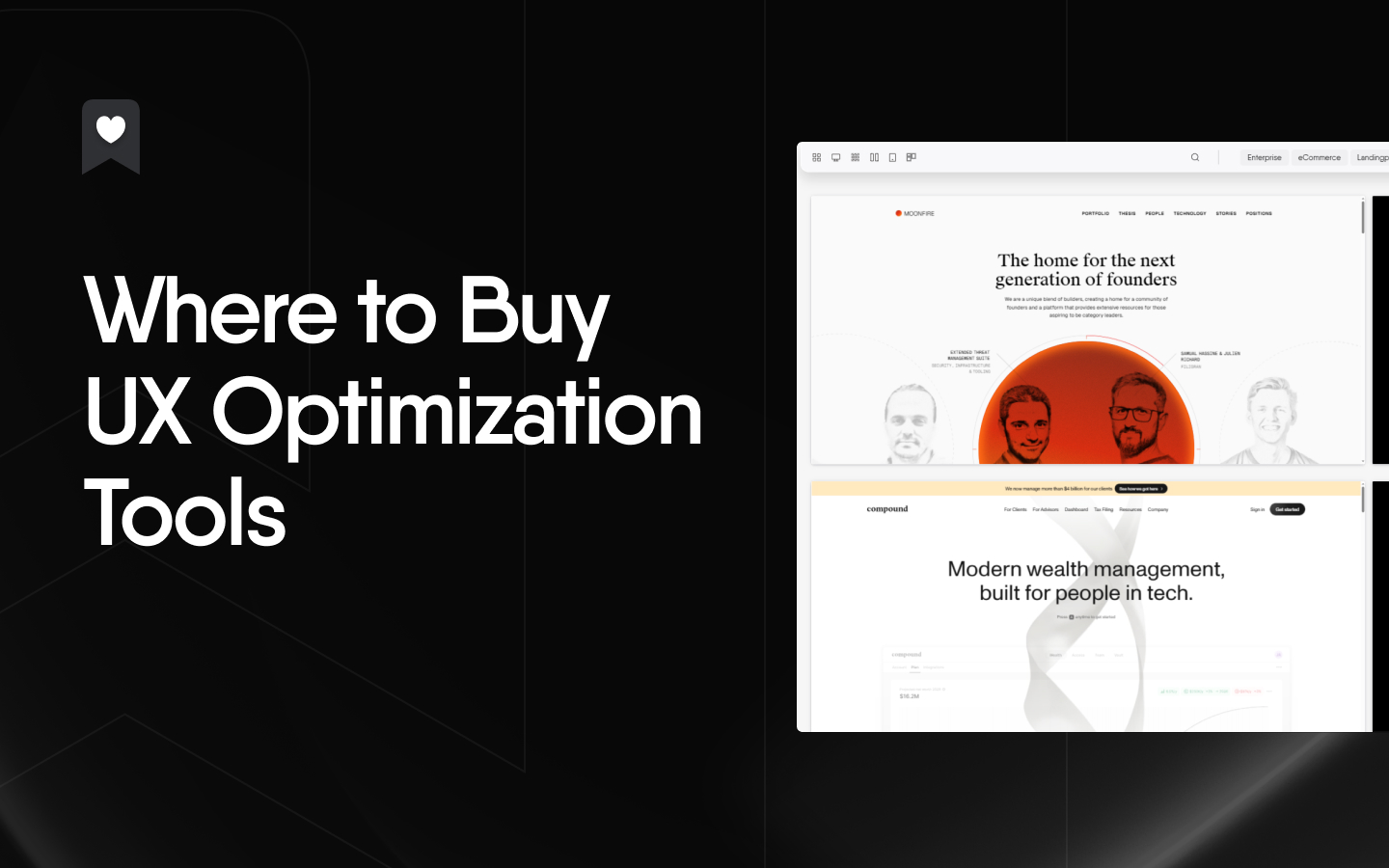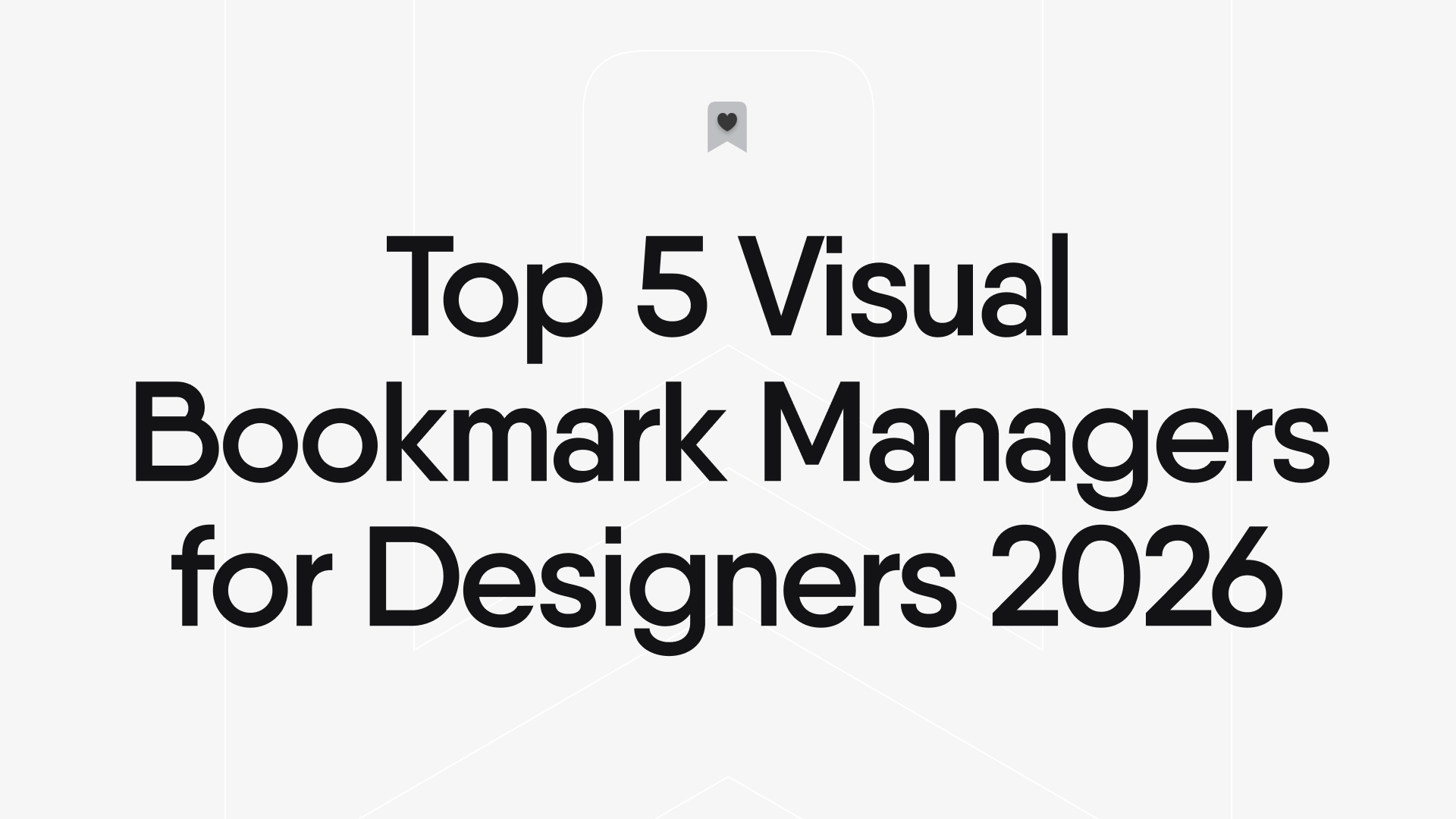We’ve all felt it: the magnetic pull of creative freedom and the dream of building something on our own terms. But knowing how to start freelancing as a web designer can feel like staring at a blank canvas with no brief. It’s exciting, but a little intimidating. This guide is your roadmap, breaking down the first year into clear, actionable steps so you can build a business that’s not just creative, but sustainable.
Laying Your Foundation Before You Leap
Before you can launch a successful freelance career, you need a solid launchpad. This initial phase is all about strategic preparation, ensuring you have the fuel and structure to not just take off, but to soar. It’s about building your business correctly, not desperately.
Define Your 'Why' and Financial Runway
Your "why" is the reason you’ll push through late nights and tough client feedback. Is it for creative control, a flexible schedule, or the freedom to travel? Write it down. This purpose is your fuel. Just as important is your financial runway. Aim to have at least six months of living expenses saved. This safety net gives you the breathing room to choose the right clients, not just the first ones who come along.
Master Core Design and Tech Skills
To be a successful freelance web designer, you need to be proficient in the tools of the trade. This means mastering a design tool like Figma or Sketch and having a solid grasp of HTML and CSS. You don’t need to be a full-stack developer, but understanding how your designs will be built makes you a more valuable and practical designer. It’s the difference between creating a beautiful concept and a beautiful, functional website.
Choose a Profitable Niche
Trying to be the designer for everyone often means you’re the designer for no one. Specialization is the fastest way to become a go-to expert and command higher rates. Instead of being a generalist, become the person for "Webflow sites for boutique hotels in California" or "Shopify setups for Texas-based BBQ sauce brands." A focused niche makes your marketing easier and your expertise clearer.
Organize Your Niche Research
Once you’ve picked a niche, it’s time to become an expert in it. Start collecting examples of competitor websites, design trends, and industry articles. This is where a tool like Bookmarkify becomes your private library. Create a collection for your niche and use tags like #competitor, #moodboard, and #ecommerce. This searchable database will accelerate your research and design process, giving you a constant stream of relevant ideas. Staying on top of trends is much simpler when you have a dedicated source for curated visual ideas.
Building a Portfolio That Sells (Even Without Clients)

With your foundation in place, it’s time to build your single most important sales asset: your freelance web design portfolio. Many aspiring freelancers get stuck here, thinking they need paid work to create a portfolio. The truth is, you can demonstrate your skills and strategic thinking long before your first client signs a contract.
Create High-Quality Conceptual Projects
Don’t wait for clients to come to you. Invent them. Create two or three detailed conceptual projects for fictional businesses within your chosen niche. Go deep: write a problem statement, define user personas, and even develop a mini brand guide for each. A project for a fictional "Artisan Coffee Roaster in Portland" with a clear challenge and solution feels far more real and strategic than a generic website mockup.
Structure Your Portfolio for Conversion
Your portfolio website has a job to do. Structure it with four essential pages that guide potential clients from curiosity to contact:
- Home: Clearly state your niche and value proposition in one sentence (e.g., "I design high-converting Shopify sites for sustainable fashion brands.").
- About: Tell your story and explain your design philosophy.
- Projects: Showcase your conceptual work with detailed case studies.
- Contact: Make it incredibly easy for potential clients to get in touch.
Showcase Your Process, Not Just the Final Design
Clients hire you for your thinking, not just your pixels. For each project, tell a compelling story that positions you as a strategic partner. Frame your case studies around this narrative:
- The Challenge: What problem was the business facing?
- The Research & Discovery: Who are the users? What did you learn about the market?
- Wireframing & Strategy: Show your early-stage thinking and structural planning.
- Visual Design & Execution: Present your beautiful mockups and explain your design choices.
- The (Hypothetical) Outcome: How did your design solve the initial challenge?
Use Visual Tools to Tell Your Story
To make your process even more tangible, give clients a behind-the-scenes look. Use Bookmarkify’s moodboard view to collect inspiration for a conceptual project. Then, share the collection’s unique URL directly within your portfolio case study. This interactive element shows your creative process in action and demonstrates a professional, organized workflow. It’s a small touch that proves you know how to analyze and present web designs effectively.
Setting Your Rates and Handling the Money Talk
Let’s be honest: talking about money can be uncomfortable for many creatives. But framing your web design pricing for freelancers correctly is the key to building a sustainable business, not just a passion project. Thinking about your rates as a reflection of the value you provide is the first step toward financial confidence.
Understand the Three Main Pricing Models
Choosing how to charge is one of the first financial decisions you’ll make. Each model has its place, and what you choose will depend on the project and your experience level. As highlighted by industry resources like the Webflow blog, understanding these models is fundamental.
| Pricing Model | Best For | Pros | Cons |
|---|
| Hourly Rate | Beginners or projects with unclear scope | Simple to track; ensures you're paid for all time spent | Penalizes efficiency; clients may fear spiraling costs |
| Project-Based | Projects with a clearly defined scope and deliverables | Rewards efficiency; client has cost certainty | Requires accurate scoping; risk of scope creep |
| Retainer | Ongoing work with established clients (e.g., maintenance, content updates) | Predictable, recurring income | Requires a long-term client relationship; can be hard to secure initially |
Calculate Your Minimum Viable Rate
Pricing can feel like a guessing game, but it doesn’t have to be. Turn this abstract fear into a simple math problem with a baseline formula. This isn't your final rate, but it’s the absolute minimum you need to stay in business.
(Your Target Annual Income + Annual Business Expenses + Annual Taxes) / Billable Hours Per Year = Your Baseline Hourly Rate
This calculation gives you a concrete number to start from, empowering you to enter negotiations with a clear understanding of your financial needs.
Communicate Value Over Cost
The final piece of the puzzle is shifting the conversation from cost to investment. When a client asks for a price, they’re really asking what they get in return. Instead of just stating a number, frame it in terms of the value you deliver. Avoid saying, "The website costs $5,000." Instead, try: "This $5,000 investment is designed to professionalize your brand and attract your ideal customers, which will help increase your online sales."
Finding Your First Freelance Clients

Your portfolio is polished and your pricing is set. Now comes the exciting part: getting freelance web design clients. This is where proactive outreach and smart marketing come into play. You have the skills; now it's time to let the right people know you’re ready for business.
Start with Your Warm Network
Your first client is often closer than you think. Reach out to friends, family, and former colleagues. This isn’t about being salesy; it’s about making them aware of your new venture. A simple, friendly message can work wonders: "Hey, I've recently started my freelance web design business, focusing on [your niche]. If you know anyone who might need help, I'd appreciate you keeping me in mind!"
Master Value-Driven Cold Outreach
Cold outreach gets a bad rap because most of it is generic and self-serving. Stand out by leading with value. Instead of a generic "I can build you a website" email, try this approach:
- Start with a genuine compliment: "I love the mission behind your sustainable candle company."
- Identify a small, specific issue: "I noticed the mobile menu on your site is a bit slow to load."
- Offer a quick, helpful suggestion: "Optimizing the images in the menu could speed it up significantly."
- End with a soft call-to-action: "If you're open to it, I have a few other ideas that could improve the user experience."
Build Your Professional Presence Online
Attract inbound leads by being active where your potential clients are. Share your conceptual projects on platforms like LinkedIn, Dribbble, or Behance. Write short posts about your design process or share insights related to your niche. This positions you as an expert and builds trust over time, so clients start coming to you. For more tips on creative workflows, you can explore our other articles and guides.
Create a 'Taster' for Potential Clients
Here’s a professional gesture that sets you apart. After an initial conversation with a potential client, use Bookmarkify to create a small, private collection of 5-7 websites that align with their brand vision. You can pull from the Daily Inspiration feed to find fresh ideas. Share this unique URL in a follow-up email with a note like, "Here’s a quick collection of ideas I put together to show you the direction I envision for your new site." This demonstrates your creative vision and proves you’ve already started thinking about their specific needs.
From First Client to Sustainable Business
Landing your first client is a huge milestone, but the journey doesn’t end there. The final step in this freelance web designer guide is turning that first project into a sustainable career. This is all about professionalism, client management, and building relationships that lead to repeat business and valuable referrals.
Use Professional Proposals and Contracts
Proposals and contracts aren't about mistrust; they're about clarity. A professional proposal outlines the project scope, timeline, and deliverables, while a contract protects both you and your client. As expert resources like Ryan Gittings' freelance guide consistently advise, clear legal documents prevent misunderstandings and set the tone for a professional engagement from day one.
Create a Seamless Client Onboarding Experience
A great client experience starts the moment they say "yes." A smooth onboarding process shows you’re organized and sets clear expectations. Your process can be as simple as this:
- Send a welcome packet: Include timelines, communication guidelines, and what you’ll need from them.
- Use a detailed questionnaire: Gather all necessary assets like logos, copy, and images upfront.
- Schedule a kickoff call: Formally align on goals and confirm everyone is on the same page.
Manage Scope Creep Gracefully
It’s bound to happen: a client asks for "just one more thing" that falls outside the original plan. Handle this with a polite but firm script. Instead of just agreeing, say: "That's a great idea! It falls outside our original scope, but I’d be happy to put together a quick change order with the updated cost and timeline for your approval." This respects their idea while protecting your time and profitability.
Build Long-Term Relationships for Repeat Business
The most successful freelancers know that a completed project is an opportunity, not an ending. After a project wraps up, check in with your past clients. Ask for a testimonial, see how their new site is performing, and inquire about future needs like site maintenance or new features. These long-term relationships are the foundation of a stable freelance business.
You have the roadmap. Now, it's time to start building. Open up your favorite tool, start organizing your inspiration, and take that first step. Your freelance journey awaits, and with a tool like Bookmarkify, your best ideas will always be ready when you are.












